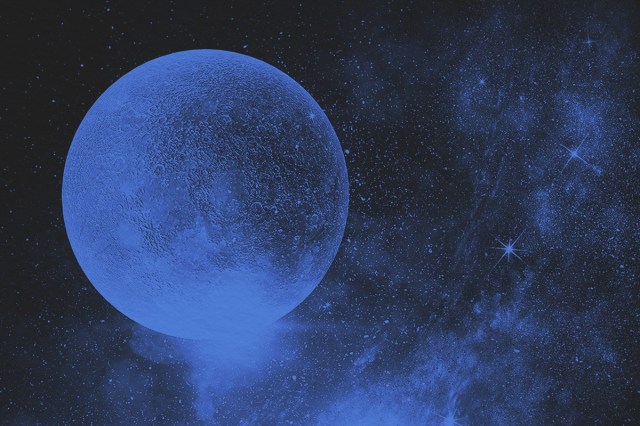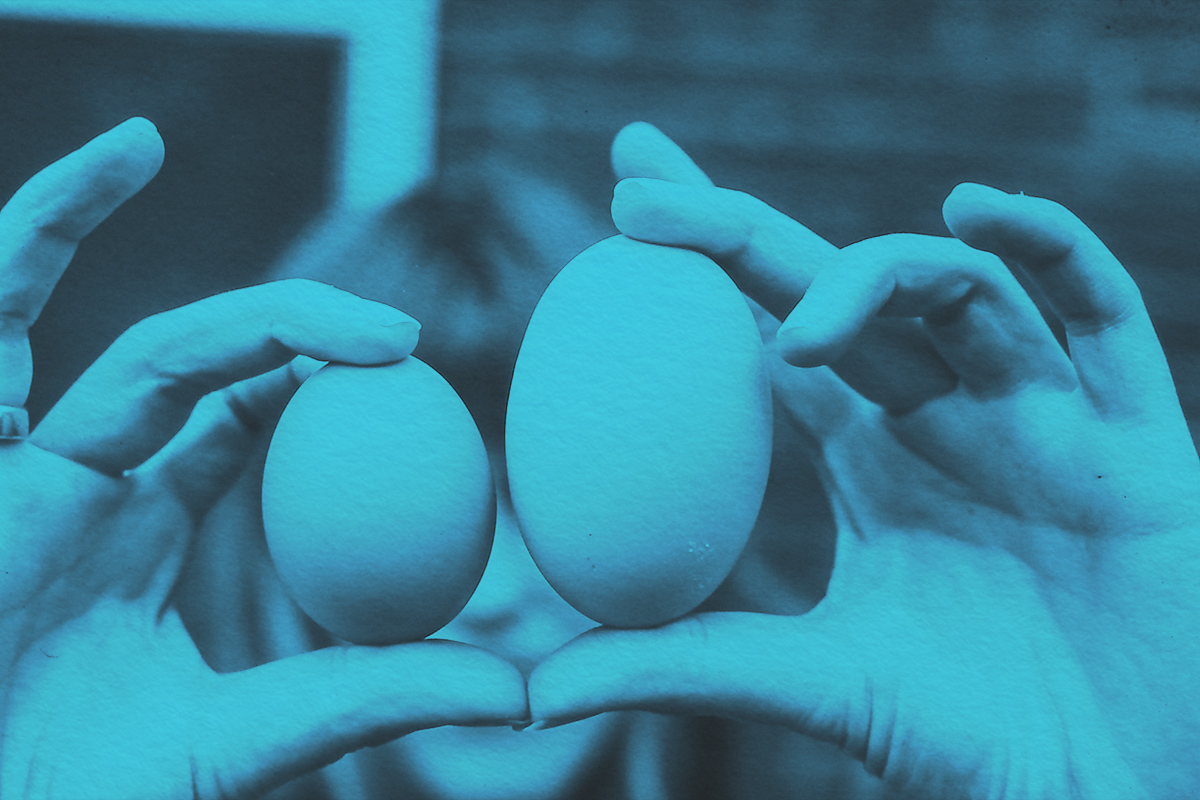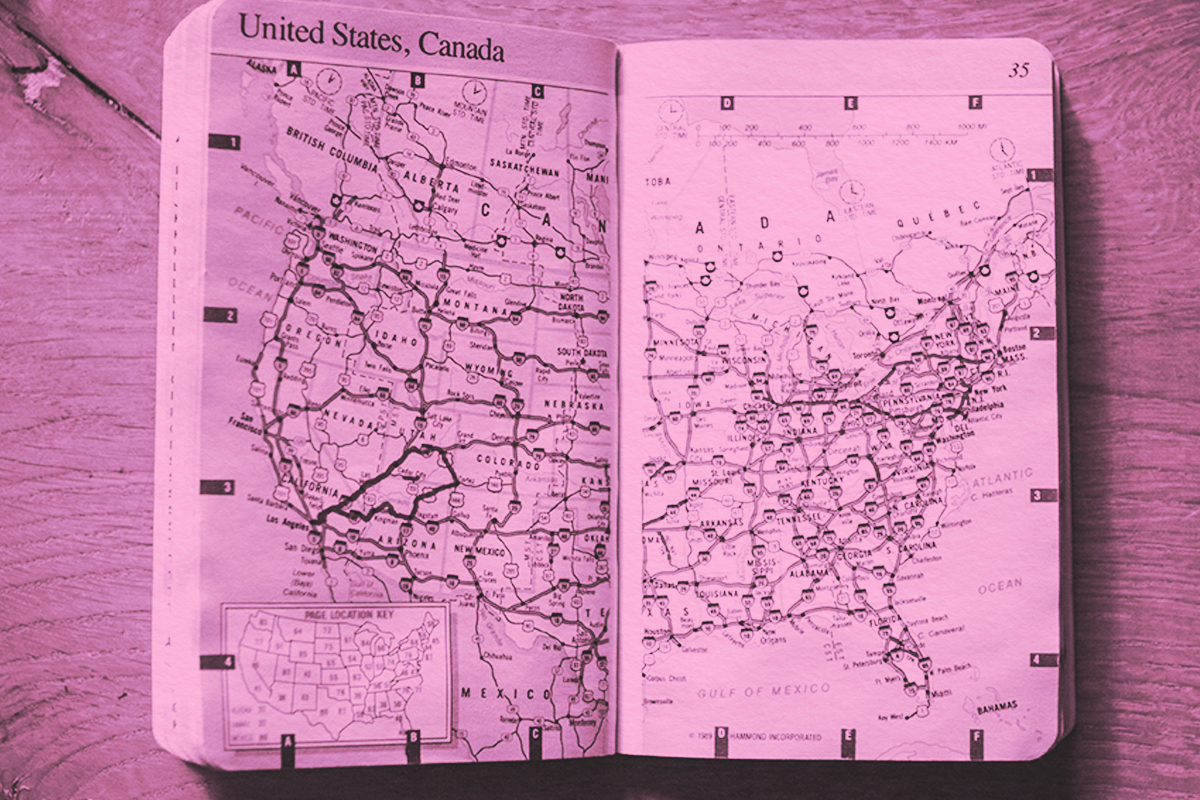
The earliest documented mentions of “blue moon” — dating to the 16th century — suggested something was impossible because the idea of the orb in the sky being blue was outright absurd. Now the idiom “once in a blue moon” refers to an event that rarely happens, and as of the 20th century, a blue moon on the lunar calendar happens every two to three years.
In an astronomical sense, a more apt term might be “bonus moon,” because the color blue has little to do with it. Today, “blue moon” refers to one of two different lunar events: the third full moon of a season that contains four full moons or the second full moon in a calendar month. We can credit the Farmers’ Almanac for the first interpretation. This folksy guide follows a tropical year calendar, measured from one winter solstice (December 21) to the next. There are almost always 12 full moons per year — three per season. But every once in a while, four full moons occur in a single season. In the 19th century, the Farmers’ Almanac began recognizing a blue moon as the third full moon during a season that had four. Why the third full moon? The last full moons in each season already had designated names, such as June’s Strawberry Moon.
The second definition of “blue moon” — meaning the second full moon in a single month — is the result of an accidental oversimplification of the Farmers’ Almanac rule printed in a 1946 issue of Sky and Telescope magazine. This categorization of “blue moon” is more common. The next monthly blue moon is expected on May 31, 2026. The next seasonal blue moon will happen on August 21, 2032, according to Space.com.
If a (somewhat) rare blue moon isn’t blue in color, though, why is it called as such? This is still a linguistic mystery. One theory proposes a misunderstanding of the Old English word belewe, meaning “betray.” Another suggests someone misheard the French la deux lune, meaning “double moon,” and yet another offers that the second full moon in the month was called “blue” in the Czech language.
The next time someone suggests something happens “once in a blue moon,” you might want to ask them to be more specific about how often that occurs.






















